O’Hare, de Gaulle, LaGuardia: Airports and Their Namesakes
The motivation for this post begins nearly a decade ago, which is kind of amazing, if you think about it, because Rand and I were very much a couple, even then.

Back when we were these people.
Can you imagine being with someone for more than a whole decade? It’s pure madness, and not at all the point of this post.
Anywho, it was ten years ago or so, and Rand and I were in a teeny tiny one-bedroom in North Seattle trying this newfangled service called Netflix. I was going through a phase where, for reasons that still sort of make sense to me now, I refused to watch any movie that didn’t star Cary Grant.
I’m sure you’ll agree: that was a reasonable and somewhat noble demand on my part.
So Rand went through Netflix’s entire library and queued up practically all of Cary Grant’s canon. It was wonderful, particularly when the 20-something iteration of the man I later married would drop a quote into casual conversation.
“Hasn’t it occurred to you that I’m having a tough time keeping my hands off you?”
Cue lots and lots of swooning.
On one rainy evening, we were watching His Girl Friday. At one point, Cary Grant is trying to persuade someone (to run for office? I don’t know. It’s been a decade), and he says:
“You could be another LaGuardia to this town!”
And Rand and I both kind of wrinkled our brows and mumbled, “Oh, yeah.” Of course. Of course before LaGuardia was an airport, La Guardia was a person.
But I knew virtually nothing about him. I realized that while some airport names are obvious (JFK in New York, or Cristoforo Colombo in Genoa), for the most part I knew very little about the ones attached to the airports I passed through.
I’d run through Charles de Gaulle airport a number of times without really knowing who Charles de Gaulle was.
In an effort to rectify this, I’ve compiled a list of eponymous airports that I’ve frequented, with a little a background on their namesakes (I was surprised to learn that several airports that I frequent aren’t actually named for people. Like Heathrow, which was named for the little village that was destroyed in order to build the airport. Hence its omission from this list).
So the next time you are hopelessly lost in Charles de Gaulle, you can take solace that while the airport signs might have been designed by drunken French toddlers, it was named for a rather important military figure.
—————
LaGuardia Airport (New York, U.S.)
Without question, Fiorello Henry LaGuardia, the 99th Mayor of New York, helped make the city what it is today. He was strongly supported by President Roosevelt, and was able to wield a great deal of power during his three terms in office. He cracked down on mobsters and fought political corruption. He helped clear out the slums and supported low-income housing. He championed the arts, establishing summer concerts and directed the building of playgrounds and parks.
One of LaGuardia’s biggest accomplishments while in office was the unification of New York’s transit system. He directed the city’s purchase of several disparate rapid transit lines (before that, each of the lines operated independently, and getting around the city was a confusing mess). Oh, and he helped build the airport that now bears his name.
If you want to learn more, check out his obituary in The New York Times. (It’s totally worth the read. He was a fascinating guy.)
In short: NYC Mayor who helped establish much of the infrastructure that makes the city what it is today.
—————
Charles de Gaulle Airport (Paris, France)

Source: The National Archives UK, via Flickr.
De Gaulle is a critical figure in 20th century French history. In WWII, during the invasion of France, he was the first (and only) French officer to cause the Germans to retreat.
In 1940, Paul Reynaud, the French Prime minister, was ousted, and the new premier was seeking an Armistice with Germany. De Gaulle, who was Minister of War under Reynaud, made a radio broadcast imploring the French people to fight.
After the war, he briefly served as the head of the French Government. In 1958, he was elected President of France. During his term, he granted independence to all 13 African colonies. He resigned from office in 1969, and died the following year.
In short: de Gaulle was a military man, and later head of the French government
—————
Boston Logan International Airport (Boston, U.S.)
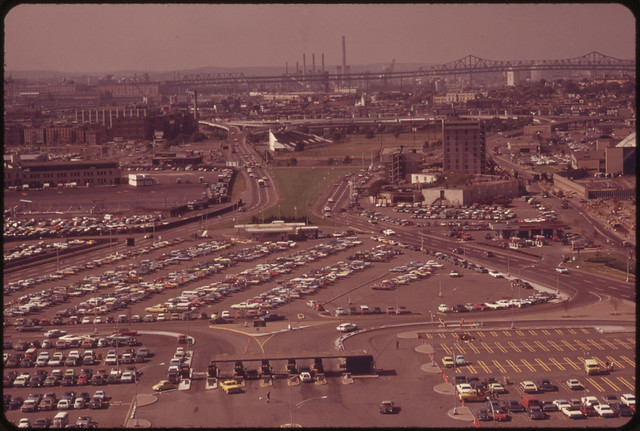
Logan Airport, circa 1973. Source: The U.S. National Archives, via Flickr.
General Edward Lawrence Logan was a lifelong Bostonian. He was born in South Boston in 1875, and would lead troops in the Spanish American War before returning home to attend Harvard. After he graduated, he returned to his military unit while at the same time building a successful legal practice (note: this is the sort of man you want to bring home to mom).
He served in WWII, and afterwards became a Boston city councilor, a state representative and state senator. He also worked with a number of charitable organizations, and lobbied for veterans’ benefits.
In short: Another military man and politician
—————
Chicago O’Hare International Airport (Chicago,U.S.)
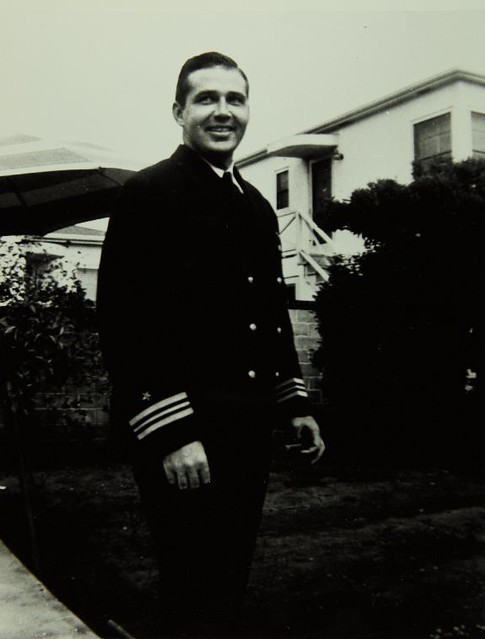
Lt. O’Hare. Source: San Diego Air and Space Museum Archives, via Flickr.
O’Hare was originally named Orchard Field Airport (the source of its three-letter code: ORD). It was renamed in 1949 after Lieutenant Commander Edward Henry “Butch” O’Hare. O’Hare was the Navy’s first flying ace, and received the Medal of Honor (he was the first naval recipient to do so in WWII). In November of 1943, his aircraft was shot down and was never recovered. He was 29.
In short: WWII flying ace
—————
Franz Josef Strauss Airport (Munich, Germany)
Strauss was a German politician who was mired in controversy. When he was appointed as Minister of Defense, he was, at the time, the youngest person to have held the position. He and his political party allegedly received $10 million for the purchase of several fighter planes for West Germany (these were part of the Lockheed bribery scandals). Strauss and his party denied the allegations, and nothing ever came of it.
In the 1960s, he had the editors of Der Spiegel magazine (who often criticized Strauss) arrested and held on charges of treason, supposedly for an article they wrote about NATO. The public was infuriated at this action, and Strauss eventually had to resign from office in the wake of what became known as “The Spiegel Affair.”
In his later years, he served as Chairman of Airbus, which he helped champion, as well as Minister-President of Bavaria (at title which I am not entirely clear on. It sounded like he was kind of like a state representative, and eventually held a role not unlike Speaker of the House).
In short: Controversial German politician who supported aeronautics.
—————
Jorge Chávez International Airport (Lima, Peru)
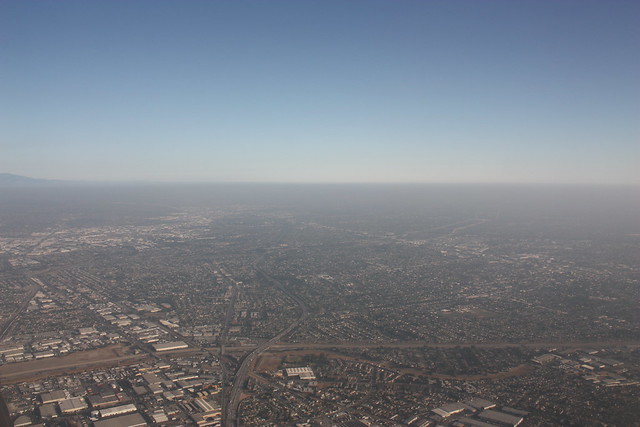
Flying into Lima, Peru.
Jorge Chávez Dartnell kind of breaks my heart. The aviator was born in Paris (to Peruvian parents) and was only 23 when he died. After graduating from aviation school, he became quite renowned after his performance in a series of flight competitions throughout Europe. He attempted the first flight crossing of the Alps, and succeeded, but crashed upon landing (his plane had sustained previous damage on an earlier flight, and may not have been repaired properly). He died from his injuries four days later. The airport in his parents’ home country of Peru was named for him.
In short: Aviation pioneer who died waaay too young.
—————
Sydney (Kingsford Smith) Airport (Sydney, Australia)

Source: State Library of Queensland, via Flickr.
Sir Charles Edward Kingsford Smith was an Australian aviation pioneer and, frankly, kind of a dish (the photo above does not do him justice). He was part of the Royal Flying Corp and served in WWI, during which he sustained injuries that required the amputation of much of his left foot.
In 1928, he completed the first trans-Pacific flight from the U.S. to Australia (he and four crewmen did the flight in three legs, in just under 84 hours). In that same year, he completed the first flights between Australia and New Zealand, illustrating how easy it would be to take mail and passengers over the Tasman Sea. He would also successfully cross the Atlantic, taking just over a day to travel from Ireland to Newfoundland.
In November 1935, while trying to break the speed record of travel between England and Australia, his plane disappeared over the Andaman Sea. His body and plane were never found.
In short: Record-setting Australian aviation pioneer
—————
Baltimore/Washington International Thurgood Marshall Airport (Baltimore, U.S.)
Okay, everyone calm down. I know who precisely who Thurgood Marshall is, and I remember reading his obituary as a kid. But I realize that if you aren’t American, you might not know too much about him, so I’ve included him on this list. I’m glad I did, because I knew he was awesome – I just didn’t quite realize how awesome.
Thurgood Marshall was a critical figure in the Civil Rights Movement. He graduated first in his class from Howard University School of Law (he didn’t even bother applying to his first choice, the University of Maryland School of Law, because of segregation policies that would keep him out). As a lawyer, he helped win key cases that ended segregation (such as Brown v. Board of Education, and Murray v. Pearson), and was the first black man to serve on the U.S. Supreme Court, a position which he held for 24 years.
He was a strong supporter of individual as well as women’s rights, and to top it all off, he rocked a mustache like nobody’s business. A Baltimore native, it’s not surprising that the busiest airport in the Baltimore/D.C. metropolitan area is named after him.
In short: Civil Rights hero, and first black man on the Supreme Court.
—————
While compiling this list, I noticed something: it’s an absolute sausage fest (well, that, and “Edward” used to be a crazy popular name). If an airport is named after someone, it’s most often going to be a man. The sexism is sort of inherent: if you look at who the early aviation pioneers were, you won’t find a lot of diversity (gender or otherwise).
Fear not: there are some airports named after women. And while there aren’t very many of them, they require very little introduction:
The airport in Amelia Earhart‘s hometown of Atchison County, Kansas was named after the aviation pioneer. As a kid, hers was one of the first biographies I’d ever read.
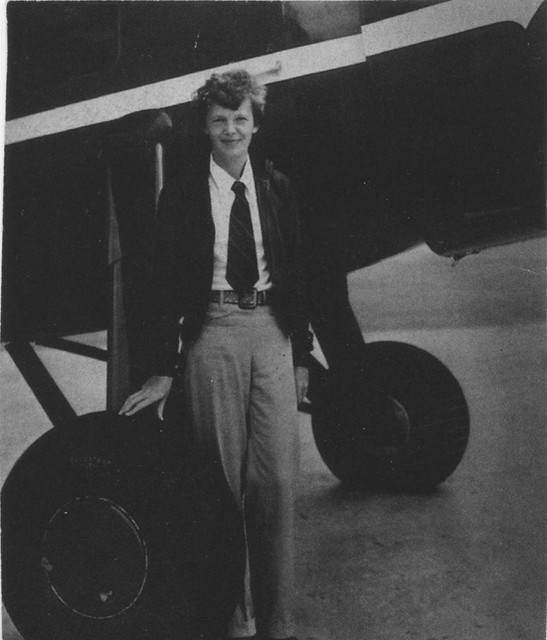
Aaaand just looking at this photo reminds me of how much I loved and admired her. Source: San Diego Air and Space Museum Archives, via Flickr.
The second biography I ever read? Jackie Cochran‘s. (Note: I was kind of an aviation nerd as a kid. I blame my dad.) While she’s lesser known than Earhart, Cochran was equally (if not more) accomplished. She pushed for the inclusion of women in the Army Air Forces, and was the first woman to: land and take off from an aircraft carrier; break the sound barrier; to fly a bomber across the Atlantic. She holds more land and speed records than any pilot, male or female, living or dead. Oh, and she started her own cosmetics company, flying around the country advertising her products. The airport which she frequently used in California was renamed after her.
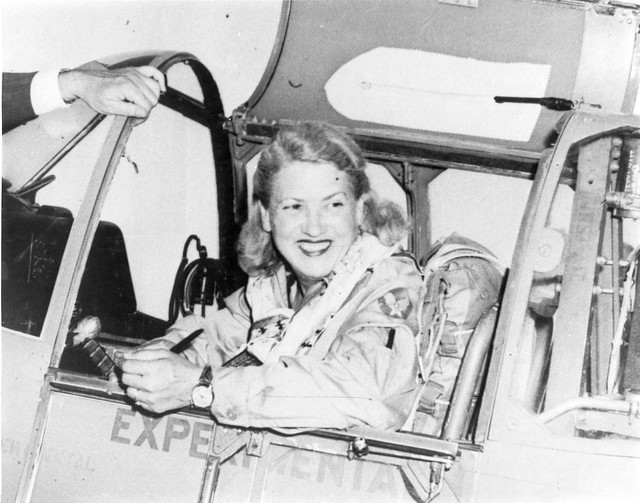
Cochran, circa 1948. Source: San Diego Air and Space Museum Archives, via Flickr.
There are also a number of airports named for prominent female politicians. In 2008, the Islamabad International Airport in Pakistan was renamed in honor of former Prime Minister Benazir Bhutto (who was assassinated in 2007). India’s New Delhi Airport is also named for one of its country’s Prime Ministers: Indira Gandhi. Like Bhutto, she was the first (and only) woman to hold the office in her country (incidentally, she, too, was assassinated).
Oh, and then there’s Imelda Marcos. The former Philippine First Lady (and current member of the House of Representatives) didn’t just have thousands of pairs of shoes: she also briefly had an airport named after her.
Still, despite these and a few other exceptions (and they certainly are exceptions), most airports are named after men. I’m hoping in the next few years, I’ll be fortunate enough to land at an airport named for a woman. Hell, I might even make a point of it.
In the meantime, though, I’m going try and be more mindful of the history behind the names I see on airport signs. To remember that before LaGuardia was a destination, LaGuardia was a person.









Leave a Comment